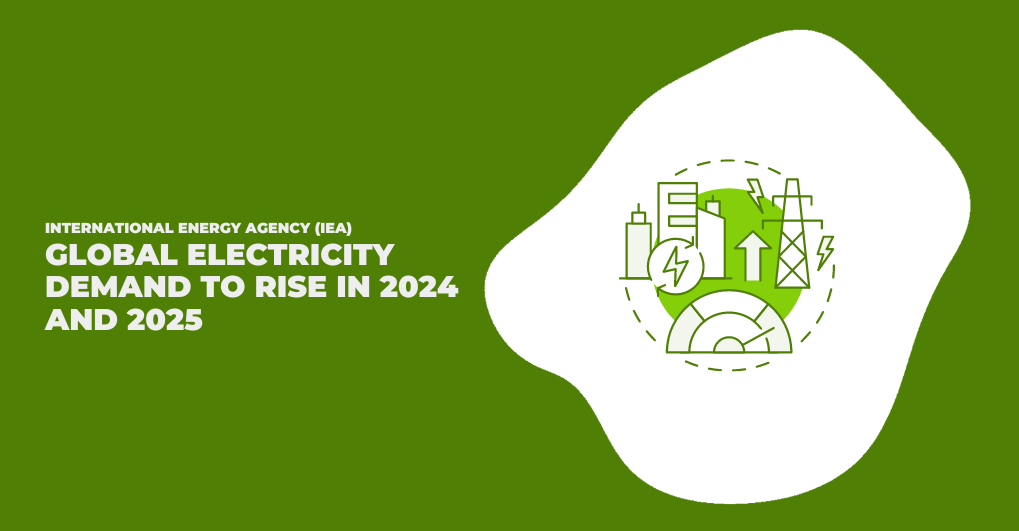French oil giant, Total Energies, announced that it’s partnering with Semar, a Norwegian engineering and marine consultancy company, to further develop and improve an innovative “Honeymooring™” solution for floating wind projects.
What’s notable about this particular system is that it’s designed in a honeycomb network – hence the name Honeymoor – which sees floating wind turbines connected in a “new and more effective anchor-sharing configuration,” said Olivier Terneaud, vice president of Offshore Wind at Total Energies.
“Thanks to our longstanding experience in the offshore oil & gas industry, we know mooring systems very well, and as we today have a large portfolio of offshore wind projects, we are proud to partner with Semar in the development of the innovative Honeymooring solution, which will contribute to lowering the cost and the environmental impact of offshore wind energy,” he continued.
Whereas fixed offshore wind turbines are attached to the seabed – causing ecological damage on-site and requiring specialty vessels that can bear extremely heavyweights when installed – floating turbines are towed and secured into position by tugboats and other vessels. These smaller boats are capable of more efficient operations, creating an opportunity for cost savings unique to floating wind energy.
Once a turbine has been appropriately positioned on a flotation device, it’s anchored into the Honeymooring system to maintain its original location. If maintenance is required, individual turbines can be unhooked from the Honeymooring system and brought back to land, thus eliminating the need for riskier offshore work.
Additionally, Semar estimates that by doing away with steel chains – the traditional oil and gas mooring material – total hardware costs can be reduced by up to 50%. This significantly reduces the project’s overall cost and cuts down on construction-related greenhouse gas emissions.
Floating turbines also have a geographic advantage over their seabed-installed counterparts, as they can be deployed much farther out into the ocean, granting them access to higher, more consistent wind speeds. Over 80% of offshore wind resources are located in waters deeper than 60m, where bottom-fixed structures are impractical due to their expense. As a result, floating wind may result in a better Levelized Cost of Energy relative to seabed offshore wind. The deep-ocean positioning of floating wind also helps eliminate concerns of NIMBYism, which has increased in recent years as wind turbines have begun popping up along coastal communities.
Floating wind projects are gentler on the aquatic ecosystems they exist in as well. The more deep-ocean floating wind production then, the fewer projects that need to be installed in shallow coastal waters, which are already struggling due to eutrophication; a process in which a water body or parts of it become overly enriched with nutrients. This phenomenon makes aquatic ecosystems less resilient against environmental stressors, such as anthropogenic development.
The acquisition of Total Energies as a partner in the Honeymooring system is a recognition of the company’s long-time experience in offshore oil and gas, which is highly applicable to the challenges of floating wind installations. “We are proud to have Total Energies as one of the important partners and contributors in the development of the Honeymooring solution,” said Thor Valso-Jorgensen, chief executive of Semar.
Securing innovative and reputable partners is more critical than ever for firms in the wind industry, as the next few years are set to shatter renewable energy investment and production records. According to Acumen Research & Consulting, the offshore wind market – including floating and bottom-fixed structures – will grow to USD 174.75 billion in value by 2030.
Continued government support, particularly throughout North America and the Asia Pacific region, in the form of subsidies, tax rebate schemes, and regulatory and policy frameworks to promote renewable energy innovation – such as the Honeymooring system –, will continue to be vital to achieving rapid carbon emission reductions.




